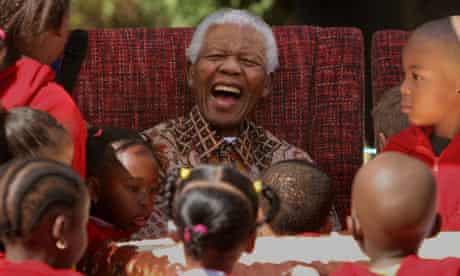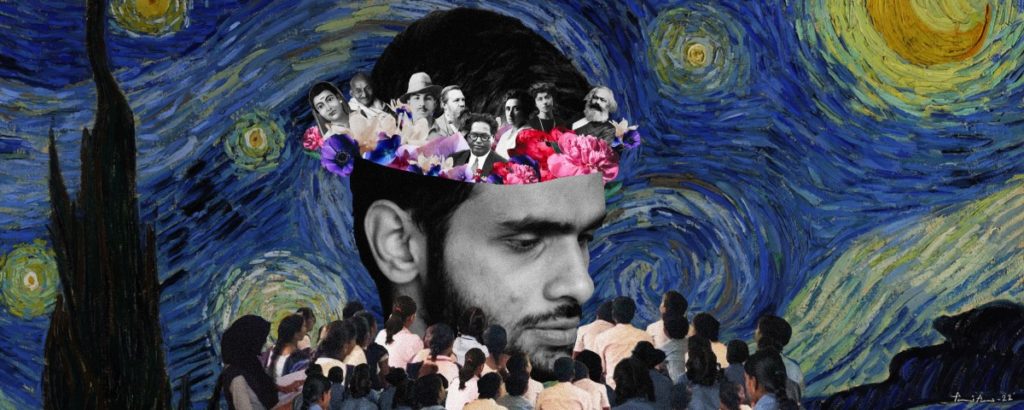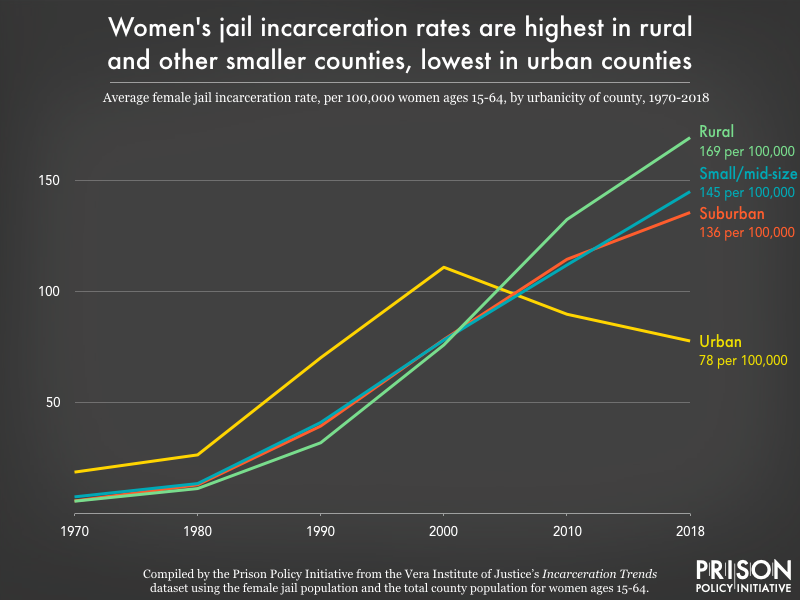
enquire of the fellow
he doing good
on International Mandela Day
I on the outside
library bench
reading and lapping up
the sunlight peeking out
he has brought sandwiches
doing his bit ticking off
a box on a checklist
for today
his finger points
to up above
as he asks someone
are there children there
as is my wont
I look skywards
and I think to myself
manna is falling
yet one more time
from the upstairs
for Africa the begging bowl
for Africa with its riches
in the ground below
look above and beyond
and what do you do tomorrow
I enquire of the fellow
he practising an act
of kindness
on International Mandela Day
he chuckles good-naturedly
and I am at the receiving end
of a packet of sandwiches
(a free lunch)
and what do you do tomorrow
The afternoon of International Mandela Day brings a free lunch my way (Friday 18 July 2025).
(By David Kapp)
(Image Credit: Denis Farrell/AP/ The Guardian)

